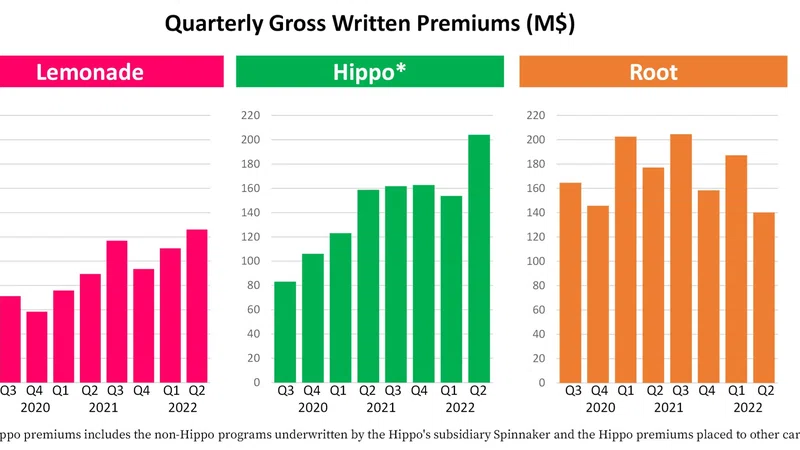In the latest of its series of insightful industry reports, fraud fighters, SEON has released a new research paper, which assesses the state of the neobanking sector around the world following the Covid-19 pandemic.
With continued capital investment, and soaring adoption rates, it’s clear that the neobanking industry has experienced a significant uplift in recent years. Many commentators feel the emerging sector owes much of this success to the effects of the Covid-19 pandemic, which forced many brick-and-mortar banks to temporarily close, thus creating a huge incentive among customers to adopt more online solutions.
Now, online fraud prevention expert, SEON, has taken a closer look at this trend in its new ‘Neobanking Index’. The insightful guide, which is available to read on the company’s website, assesses the growth of this thriving industry, analyzing how adoption rates of neobanking solutions differ across some of the world’s leading markets. Likewise, the report details the countries that are adopting neobanking solutions at the fastest rates.
While neobanking solutions have seen a rise in popularity across multiple regions in recent times, there are areas of the world, which clearly lead the way when it comes to adoption rates. For example, in Brazil, around 43% of people have a neobank account, while in Portugal that figure is as low as 14%. In addition to these figures, SEON’s index details the countries that expect to see the biggest growth in neobanking adoption in the next five years.
Alongside highlighting broader industry trends, SEON’s new index identifies the businesses within the neobanking sector that have received the highest volume of capital investment. As SEON’s report shows, the ten best performing neobanks from an investment perspective have collectively raised around USD $35 billion in recent times. This astonishing figure demonstrates the significant growth of the neobanking sector since Covid-19.
Speaking on the new index, PJ Rohall, Head of Fraud Strategy & Education at SEON commented: “The neobanking industry has grown as a result of the Covid-19 pandemic, as well as the increased demand for digital financial services. On the back of this growth, we wanted to assess the sector in 2022, discovering which neobanks have raised the most capital, among other things. As our research showcases, it’s a sector that is certainly flourishing.”
Later in the report, SEON explains the differences between neobanking businesses and traditional financial institutions from a legal perspective. This section of the guide provides specific details on the legal rights of an individual when using a neobanking account. Following this, SEON outlines some of the advantages of adopting neobanking solutions, before explaining how these benefits have underpinned the sector’s recent success.
At the same time, SEON provides insights into some of the perceived disadvantages of neobanking companies. In concluding the report, SEON evaluates some of the fraud risks associated with the neobanking business model. From identity theft, to account takeover attacks, the neobanking sector remains vulnerable to certain types of fraud, which makes fraud prevention solutions like the one SEON supply so necessary to those operating in the field.
To read SEON’s ‘Neobanking Index’, please visit: https://seon.io/resources/neobanking-index/










